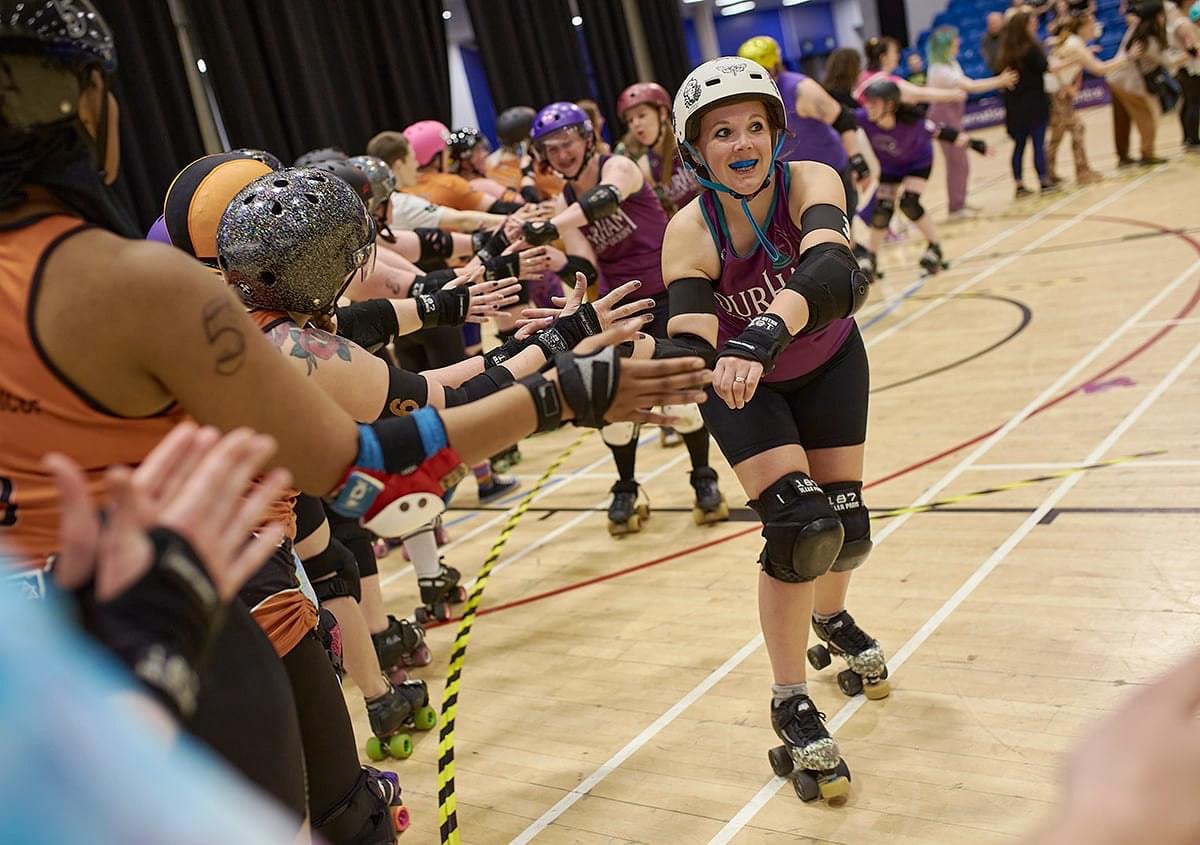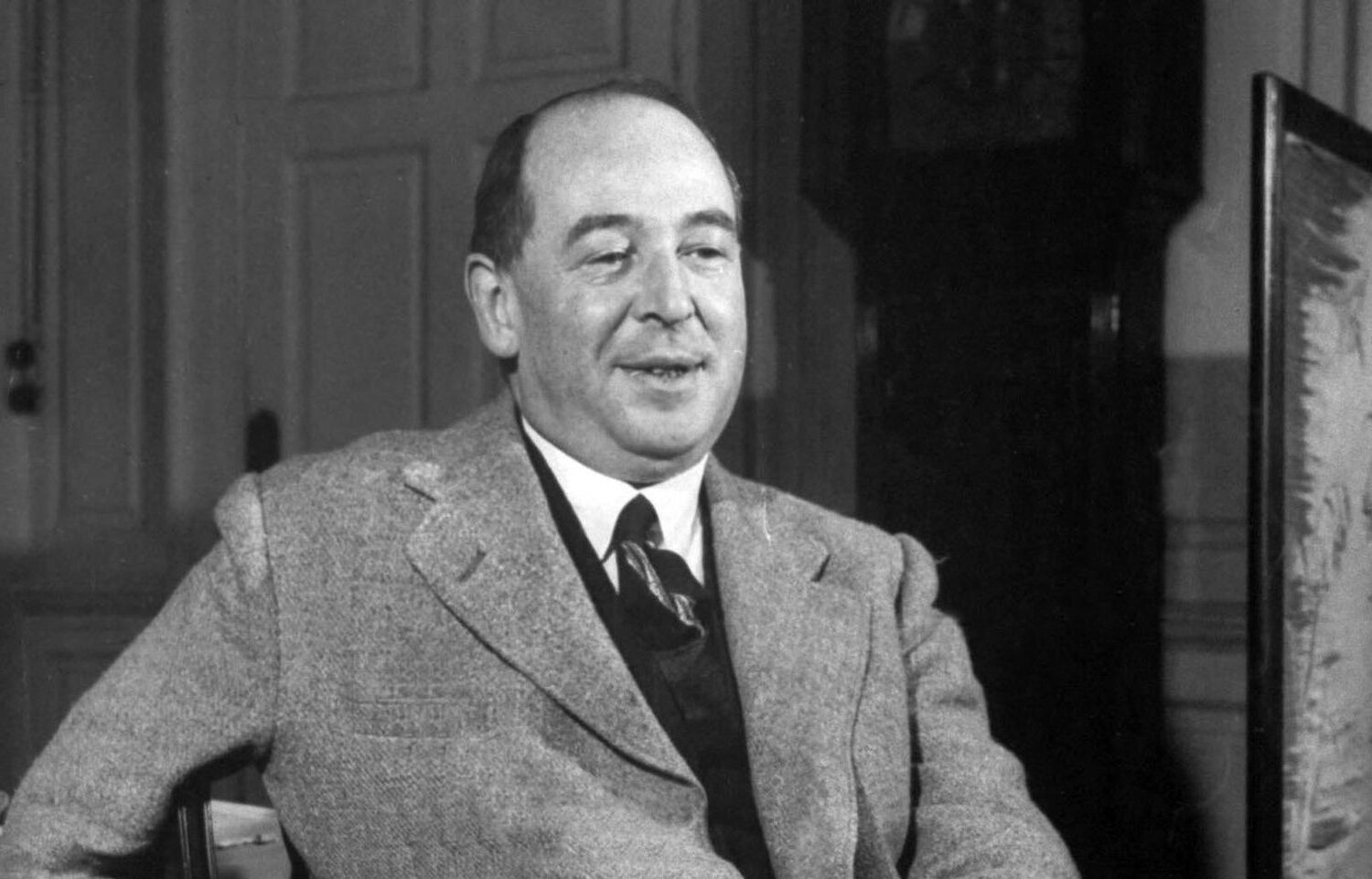
Roller derby is a fascinating and adrenaline-pumping sport that has gained immense popularity in recent years. With its unique combination of athleticism, strategy, and team spirit, roller derby has captivated both participants and spectators alike. But beyond the action-packed bouts and the thundering sound of skates on the track, there are numerous mind-blowing facts about roller derby that many people are not aware of. From its origins in the 1930s to its modern-day revival, roller derby has evolved and transformed into a thrilling sport that continues to push boundaries. In this article, we will explore 14 intriguing facts about roller derby that will leave you with a new-found appreciation for this exhilarating lifestyle.
Key Takeaways:
- Roller derby originated in the 1930s as an endurance race on roller skates, and it’s a female-dominated sport that promotes strength and athleticism in women.
- Roller derby is a real, intense, and physically demanding sport played on oval tracks, with its own unique vocabulary and a strong sense of community among players and fans.
Roller derby originated in the 1930s.
Roller derby has a rich history that dates back to the 1930s. It began as a form of endurance racing on roller skates, where skaters would compete in long-distance races on oval tracks.
Roller derby is a female-dominated sport.
One of the unique aspects of roller derby is its focus on female empowerment. The sport has traditionally been dominated by women, and it provides a platform for women to showcase their athleticism and strength.
Roller derby requires a combination of speed and strategy.
Roller derby is not just about skating fast. It also involves strategic gameplay, where teams work together to score points while simultaneously blocking the opposing team from doing the same.
Roller derby is played on a track shaped like an oval.
The track used in roller derby is an oval-shaped circuit. It is typically made of a smooth surface, such as wood or concrete, and is marked with boundary lines to determine the playing area.
Roller derby has its own unique vocabulary.
Roller derby has developed its own specialized terminology over the years. Phrases like “jammer,” “blocker,” “pivot,” and “whip” are commonly used to describe specific positions and actions in the game.
Roller derby requires protective gear.
Due to the physical nature of the sport, roller derby players wear protective gear to minimize the risk of injury. This typically includes helmets, knee pads, elbow pads, and wrist guards.
Roller derby has a strong sense of community.
Roller derby creates a tight-knit community among its players and fans. Many teams engage in community service and charity work, fostering a supportive and inclusive environment.
Roller derby is an international sport.
Roller derby has gained popularity worldwide, with leagues and teams established in countries across the globe. It has even been recognized by the International Roller Sports Federation as a recognized sport.
Roller derby is not scripted.
Contrary to popular belief, roller derby is not a scripted sport like professional wrestling. The gameplay is real, intense, and highly competitive.
Roller derby athletes have unique pseudonyms.
Roller derby players often adopt creative and unique pseudonyms, known as “roller derby names.” These names serve as personas that reflect their individuality and contribute to the vibrant culture of the sport.
Roller derby has influenced popular culture.
The excitement and intensity of roller derby have made an impact on popular culture. It has been featured in films, TV shows, and even music videos, bringing more awareness and recognition to the sport.
Roller derby has different variations.
While the traditional form of roller derby is played on flat tracks, there are variations of the sport played on banked tracks or even in outdoor settings. These variations add additional challenges and excitement to the game.
Roller derby is a physically demanding sport.
Roller derby requires strength, agility, and endurance. Players undergo rigorous training to improve their skating skills, build stamina, and prepare for the physically demanding nature of the game.
Roller derby promotes body positivity.
Roller derby celebrates athletes of all shapes, sizes, and skill levels. The sport emphasizes inclusivity and challenges societal beauty standards, creating a positive environment where everyone can feel confident and empowered.
Conclusion
In conclusion, roller derby is not just a sport, but a thrilling and empowering lifestyle that continues to captivate people around the world. The mind-blowing facts discussed in this article shed light on the rich history, intense competition, and strong community that roller derby offers. From its humble beginnings in the 1930s to the modern-day resurgence, roller derby has evolved into a full-contact, high-adrenaline sport that celebrates individuality and camaraderie.
Whether you’re a seasoned derby enthusiast or new to the world of roller derby, these facts demonstrate the resilience, passion, and athleticism of the athletes who lace up their skates and take to the track. Roller derby is not just about scoring points or winning matches; it’s about breaking stereotypes, embracing unique identities, and promoting inclusivity for all.
So next time you see a roller derby bout or have the opportunity to join a local league, don’t hesitate to dive into this exhilarating world. Strap on your skates, join a team, and experience firsthand the adrenaline-pumping action that roller derby has to offer.
FAQs
1. How long has roller derby been around?
Roller derby has been around since the 1930s, with its popularity rising and falling over the decades. The modern incarnation of the sport emerged in the early 2000s and has experienced a significant resurgence in recent years.
2. Is roller derby a dangerous sport?
Roller derby is a full-contact sport, so there is an inherent level of physicality involved. While injuries can occur, proper safety measures and training protocols are in place to minimize risks. Athletes wear protective gear, and rules are implemented to ensure a safe and fair gameplay environment.
3. Can anyone participate in roller derby?
Yes, roller derby is inclusive and welcomes participants of all genders, body types, and skill levels. Many leagues offer beginner programs and training opportunities to introduce newcomers to the sport and help them develop their skills.
4. What skills do you need to play roller derby?
Roller derby requires a combination of speed, agility, endurance, and strategic thinking. Skating proficiency is essential, along with the ability to work effectively as part of a team. Developing skills such as hitting, blocking, and navigating through a pack are also important.
5. How can I get involved in roller derby?
To get involved in roller derby, you can reach out to your local league or search for roller derby associations in your area. Many leagues offer beginner programs, where you can learn the basics of the sport and progress at your own pace. Additionally, attending roller derby bouts and events is a great way to learn more about the sport and connect with the roller derby community.
Was this page helpful?
Our commitment to delivering trustworthy and engaging content is at the heart of what we do. Each fact on our site is contributed by real users like you, bringing a wealth of diverse insights and information. To ensure the highest standards of accuracy and reliability, our dedicated editors meticulously review each submission. This process guarantees that the facts we share are not only fascinating but also credible. Trust in our commitment to quality and authenticity as you explore and learn with us.


